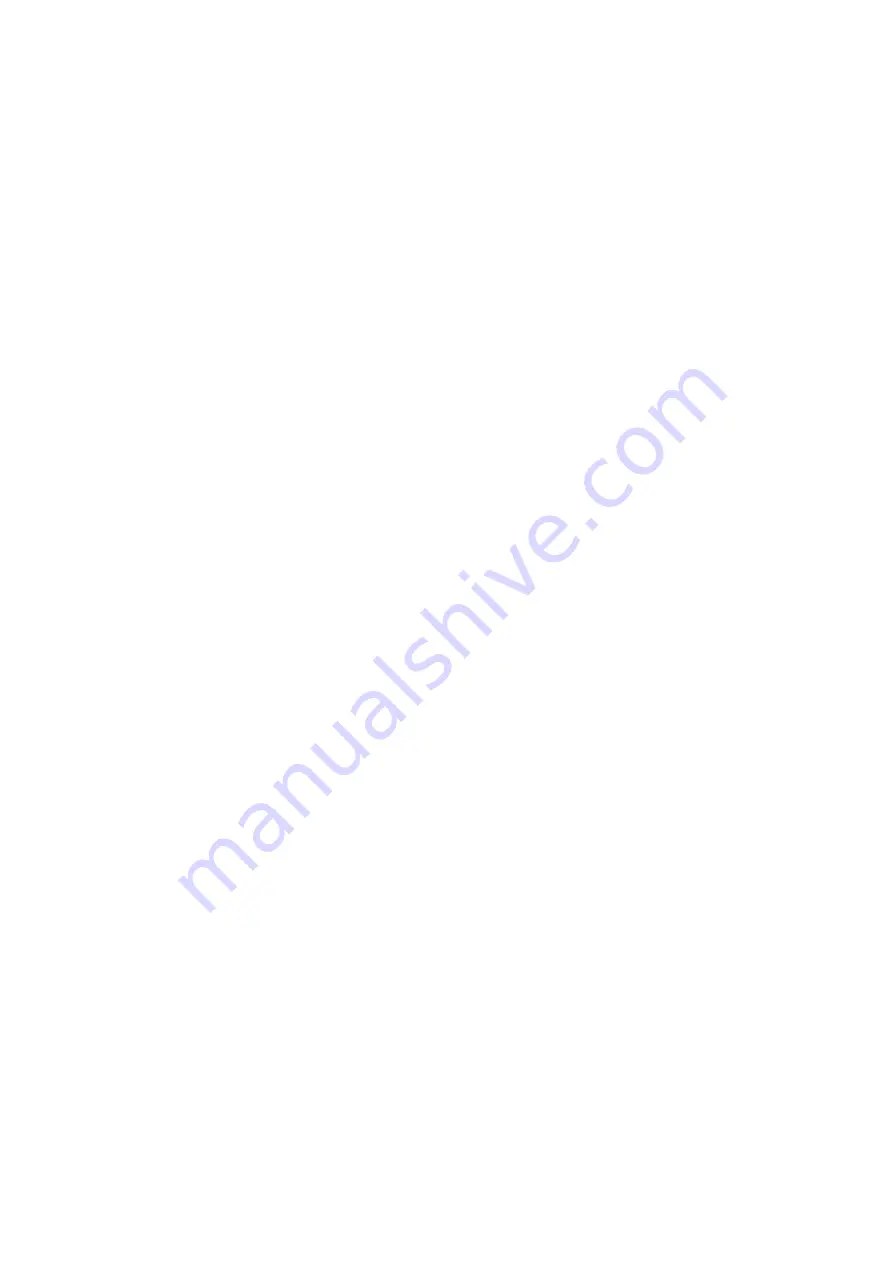
right inputs of a row of SoundStage. The pan position can now be finely
controlled with either a static offset or control voltage.
Filtering
Each frequency row goes through a stereo pair of resonant high pass
filters and then a pair of low pass filters, with specially selected cutoff
frequencies which interact to mix your voices together in a way which
emphasises the frequencies of that row, and filters out frequencies
outside of that range of emphasis. This is particularly useful with a lot
of the modern digital percussion modules which put can often take up
a lot of space in your mix by using a lot of the spectrum, which can lead
to a muddy indistinct mix.
The SoundStage filters are inspired by a few things, the SP-1200 voice
filters mentioned previously being one of them, also the way a guitar
or bass amp shapes the spectrum of the signal being fed into it in a way
which lets them sit together in a mix in a natural way. Lastly the old mix
trick of using EQ during mixdown to remove parts of the spectrum of
some sounds to leave room for others to occupy, for example using a
HPF on all drums apart from the kick so that the kick has all that low
frequency to itself. Likewise the technique of EQing the kick drum and
bassline so that each has a cut where the other’s fundamental
frequency sits.
The frequency bands are, from top to bottom, High, High Mid, Mid, Low
Mid and Low. As a rough guide to describe the voicing you can think of
them as follows:
High for the sizzle of cymbals
High Mid for the bite of a lead line
Mid for a full pad
Low Mid for a tight bassline
Low for the thump of a kick drum
Note that while there are five inputs for the Mid to High bands there
are only three for the Low and Low Mid. This is because too many low

























